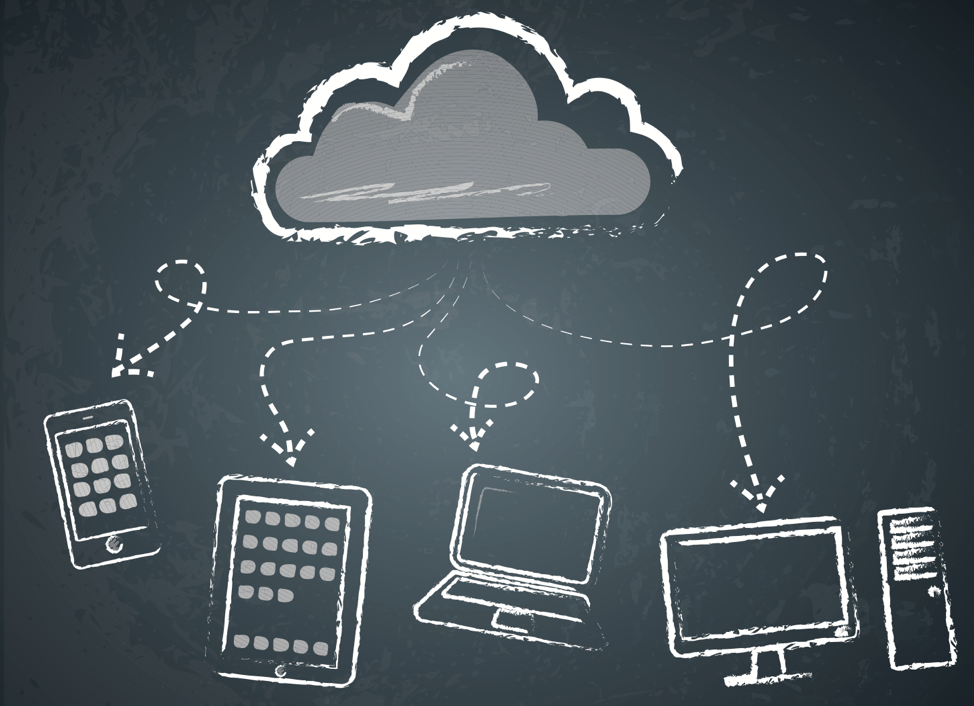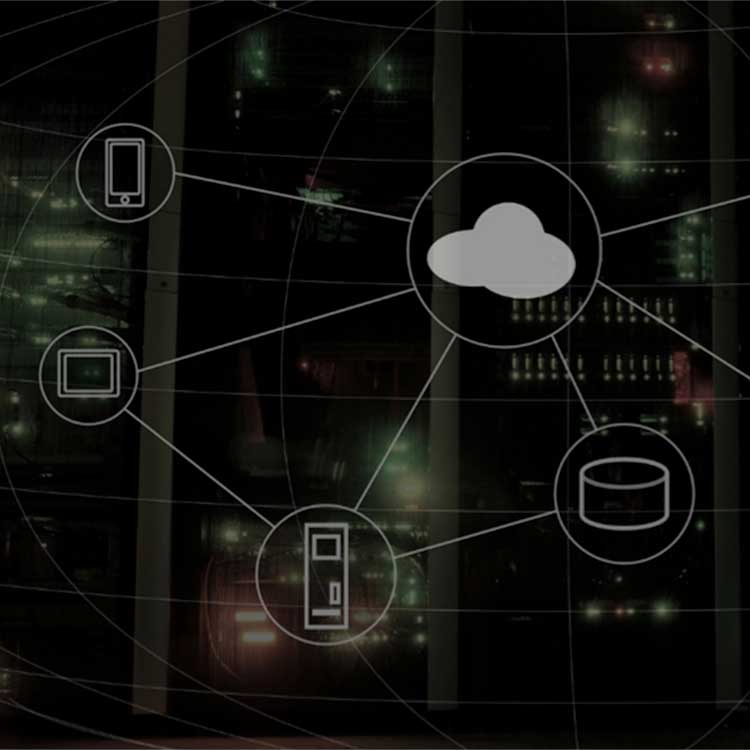Security can be another benefit. DaaS can eliminate security threats resulting from users storing sensitive data on their local devices because the data isn’t stored on the device. Instead, data is safely stored in the DaaS provider’s data center or cloud. If someone connected to the DaaS provider loses their device, the loss is limited to the cost of the hardware. The data remains safe on the DaaS provider’s servers.
SMBs:The Biggest DaaS Market
DaaS has been most successful with SMBs, according to a 2017 Citrix survey of 700 of its service providers (the most recent available). The survey showed that 50% of DaaS customers had fewer than 100 users and 25% had between 101 and 500 seats. Only 16% had more than 500 seats, although that figure was up from 13% in 2016, and 6% in 2015. The skew toward SMBs makes sense to Roger Kay, an analyst with Endpoint Technologies Associates.
“Larger customers can afford the overhead associated with standing VDI up, but smaller firms cannot,” Kay told Business.com. “Therefore, they turn to cloud services as an alternative.”
As for vertical industries, the Citrix survey shows DaaS is most popular among government entities and financial services companies (each at 11% of all customers), healthcare (9%), manufacturing and retail (8% each) and construction/architecture (7%).
DaaS Growth Expectations and Challenges
The Citrix service providers are confident in the future of DaaS, as 71% of respondents said they anticipate growth in DaaS revenue. While most (53%) expect growth of 5% to 25%, 18% of respondents expect growth of 26% or greater – some even above 50%.Only 3% of the service provider respondents expect a drop in DaaS sales while 9% expect sales to remain flat. The remainder (17%) weren’t sure.
Gartner is similarly positive about DaaS growth. Its report, “When Midsize Organizations Should Select Desktop as a Service,” updated in July 2018, says, “by 2019, 50% of new VDI users will be deployed on DaaS platforms.” The report goes on to state that “interest in DaaS has resurfaced as a hot topic with midsize organizations that have progressed and matured their cloud strategies.”
However, DaaS is also headed toward the Trough of Disillusionment on Gartner’s Hype Cycle, which indicates many challenges need to be solved. Those include “cost, performance, security, and writing off existing management tools and investments,” according to Gartner’s “Market Guide for Desktop as a Service,” published in June 2018. Larger organizations that have mature PC management capabilities find it particularly difficult to cost-justify DaaS, states the report.













